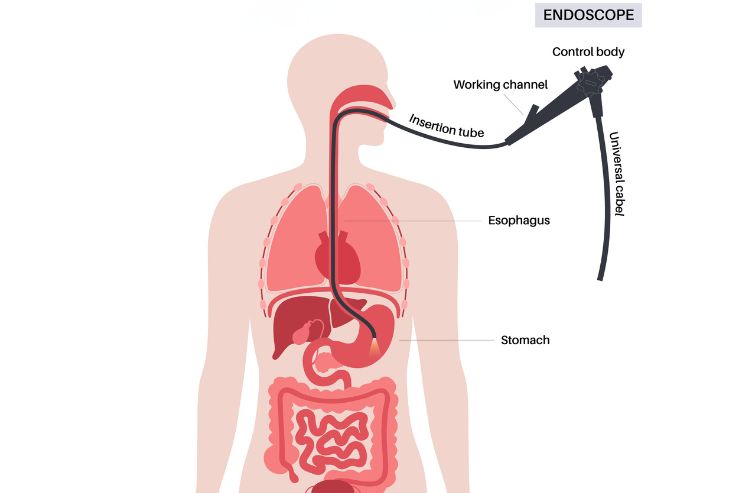
At Sandozi Health, we specialize in various types of endoscopic procedures, each designed to provide accurate diagnosis and effective treatment options for GI conditions
Upper GI Endoscopy (EGD):
Colonoscopy:
Endoscopic Retrograde Cholangiopancreatography (ERCP):
Endoscopic Retrograde Cholangiopancreatography (ERCP):
Endoscopic Ultrasound (EUS):
State-of-the-Art Technology
At Sandozi Health, we are committed to using the latest advancements in endoscopic technology to ensure accurate diagnosis and minimally invasive treatment options for our patients. Our facility is equipped with high-definition endoscopes, video processors, and imaging systems that enhance visualization and precision during procedures.